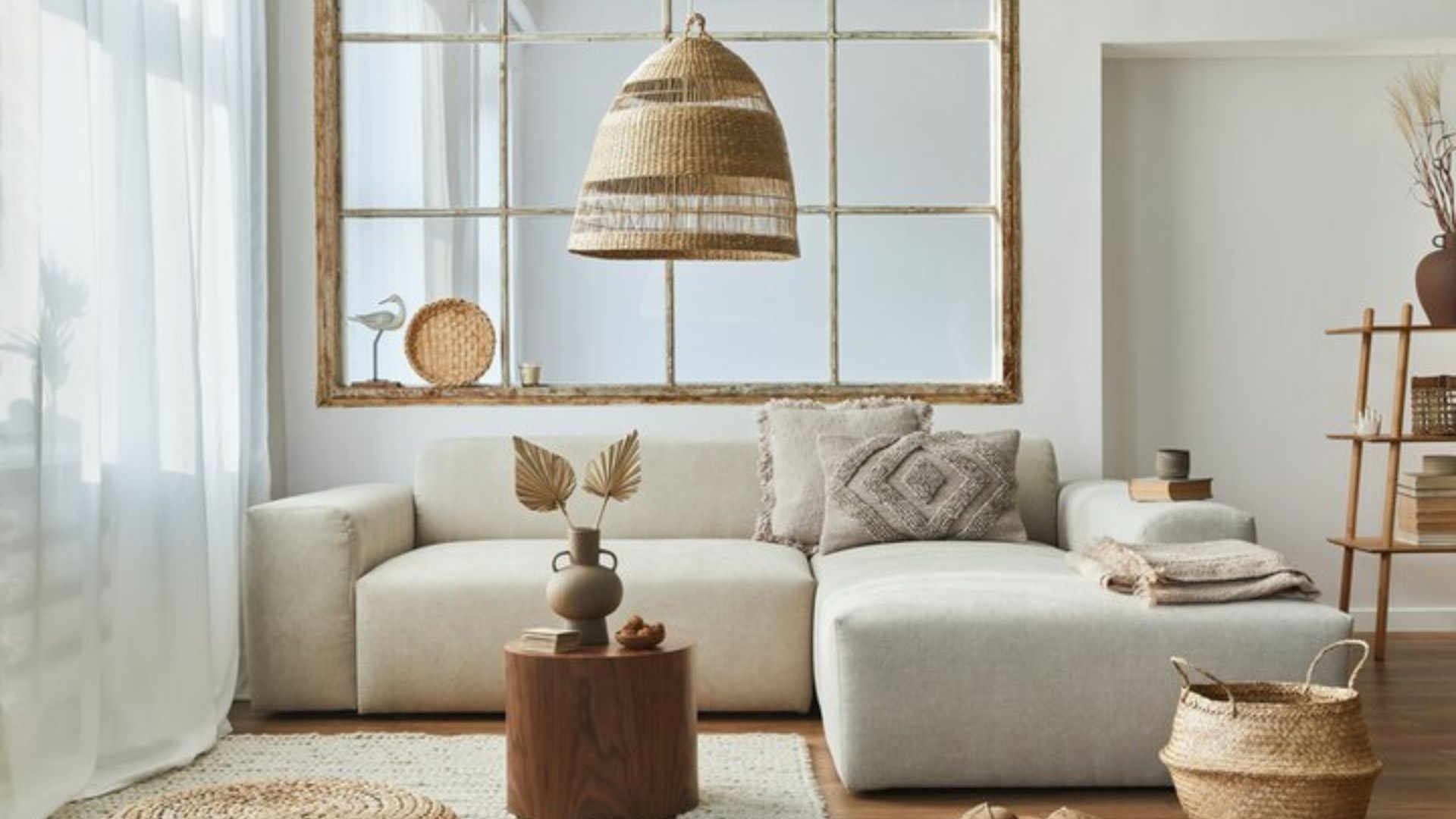Creating a stunning interior design involves more than just matching colors and arranging furniture. It’s an art form that requires balance, creativity, and attention to detail. Professional interior designers have an arsenal of tricks to transform mundane spaces into extraordinary ones. In this comprehensive guide, we’ll delve into some of these trade secrets to help you take your home décor to the next level.
Decorate with Plants
One of the most timeless and effective interior design tricks is to incorporate houseplants into your living spaces. These green companions not only add a touch of nature to your home but also provide a host of benefits, such as improving air quality, reducing stress, and enhancing the overall ambiance[^1^]. Depending on your style and space, you can choose from a variety of indoor plants, from elegant succulents to lush, trailing vines.
Source: The Benefits of Indoor Plants
Create a Warm Welcome
Your home’s entrance sets the tone for the entire interior. To create an inviting and stylish entryway, consider several key elements. Start with the front door, which can be painted in a bold color to make a statement or refinished for a classic look. Upgrade the hardware, such as doorknobs and handles, for a touch of luxury. Adding seasonal decorations, like wreaths or potted plants, can make your entrance feel warm and welcoming[^2^].
Source: The Importance of Curb Appeal
Highlight Woodwork
Wooden elements in your home, such as skirting boards, banisters, and door frames, often go unnoticed. However, these areas present an opportunity to infuse character and charm into your interior design. Consider painting these wooden features in a contrasting color or finish to make them stand out. Opt for matte or satin finishes for a more modern and elegant look, avoiding high-gloss options that may appear dated[^3^].
Source: How to Paint Wooden Furniture
Don’t Forget Windows
Window treatments are an essential aspect of interior design that can add a layer of sophistication and style to any room. Curtains, blinds, or shades not only provide privacy but also contribute to the overall aesthetics of a space. When choosing window treatments, consider the color, fabric, and pattern to coordinate with your design theme. Customizing your window treatments allows you to achieve a tailored and cohesive look[^4^].
Source: How to Choose the Right Window Treatments
Work Around a Hero Feature
Every room needs a focal point, a standout feature that captures attention and guides the eye. To create a harmonious interior design, choose a hero feature and arrange other elements in the room to complement rather than compete with it. This approach creates a sense of visual balance and prevents the space from feeling cluttered. Your hero feature could be a stunning piece of artwork, a unique piece of furniture, or an architectural detail like a fireplace[^5^].
Source: The Art of Creating a Focal Point
Pay Attention to Hardware
Small details like cabinet handles, doorknobs, and faucet fixtures may seem inconsequential, but they play a crucial role in elevating the overall design of your home. Upgrading hardware can make a significant impact by adding a touch of luxury and sophistication. Consider selecting finishes such as shiny metallics for a contemporary look or matte black for a trendy and timeless appearance[^6^].
Source: How to Choose Cabinet Hardware
Stick to Classics
While staying updated with design trends can be exciting, incorporating timeless furniture pieces into your interior design can be a smart and budget-friendly choice. Classic furniture items bring a sense of tradition and character to a room. By combining traditional pieces with eclectic accessories and decor, you can achieve a harmonious and balanced design that stands the test of time[^7^].
Source: How to Mix and Match Furniture Styles
Open Up a Kitchen with Wall Shelves
In smaller kitchens, upper cabinetry can sometimes make the space feel cramped and dark. An alternative approach is to remove upper cabinets altogether and opt for open shelves. Open shelving not only creates a sense of airiness but also provides an opportunity to display your kitchenware and decorative items. When done tastefully, it can be both functional and aesthetically pleasing[^8^].
Source: The Pros and Cons of Open Shelving in the Kitchen
Add a Pop of Red
Injecting a bold and unexpected color into your interior design can be a powerful way to create a vibrant atmosphere. Designer Beata Heuman suggests adding a pop of cherry red to infuse energy and excitement into a room. Whether it’s red lampshades, cushions, or a statement designer chair, this daring approach can transform a space from ordinary to extraordinary[^9^].
Source: Using Red in Interior Design
Use Rugs Wisely
Rugs are essential for tying together the various elements of your interior design. They not only define and anchor a space but also provide an opportunity to introduce patterns and textures. When selecting a rug, ensure it is appropriately sized for your room; a rug that is too small can make the space feel disjointed. You can also experiment with layering rugs or even hanging them as wall decorations for added style[^10^].
Source: How to Choose the Right Area Rug
Invest in a Headboard
Transforming your bedroom into a luxurious and hotel-inspired retreat can be achieved without a complete bed overhaul. Investing in an upholstered headboard can provide a sense of opulence and comfort. A standalone headboard frame offers the elegance and sophistication of a high-end bed without the associated cost[^11^].
Source: Benefits of Upholstered Headboards
Take Design Tips from Nature
Nature serves as an abundant source of inspiration




 Facebook
Facebook
 X
X
 Pinterest
Pinterest
 Copy Link
Copy Link





